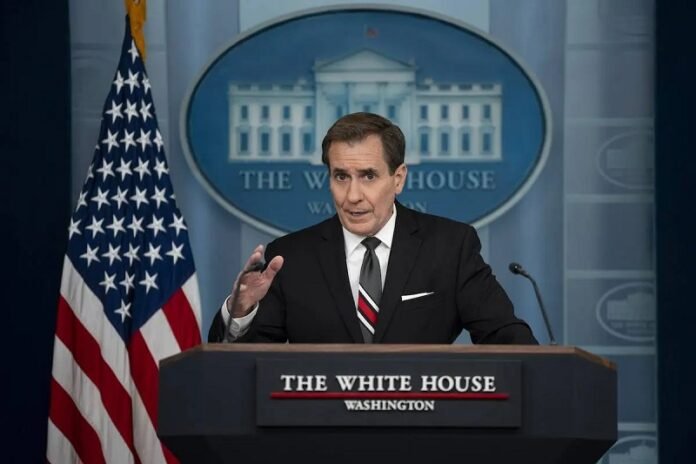In-depth Analysis and Coverage of the Gaza Ceasefire Proposal: Is the Partial Withdrawal from the Philadelphi Corridor a Solution or a New Conflict Trigger?
As the war in Gaza continues, a ceasefire proposal has emerged that includes the partial withdrawal of Israeli forces from the Philadelphi Corridor, a narrow strip of land separating Gaza from Egypt. This corridor is a strategic area for both parties involved in the conflict, serving as a critical point for the transfer of goods, weapons, and humanitarian aid. Could this withdrawal be a step toward peace, or are there larger complications that prevent the achievement of this goal?
The Official Details of the Proposed Deal: What Does It Include?
Sources from the White House have indicated that the Israeli proposal, presented last May, calls for the withdrawal of Israeli forces from densely populated areas, including those adjacent to the Philadelphi Corridor. However, the question remains: Is this withdrawal limited to these areas only, or does it encompass the entire corridor? This specific point could be the heart of the disagreement between the concerned parties.
Positions of the Involved Parties: Conflicting Interests and Conditions
Reports have highlighted the continued insistence of Israeli Prime Minister Benjamin Netanyahu on imposing new conditions related to the Philadelphi Corridor and the Rafah border crossing, complicating negotiations. According to a Hamas official, Israel is not negotiating in good faith but is instead attempting to impose its terms. This raises questions about Israel’s true intent to reach a final agreement. Is Israel genuinely seeking to end the war, or is it using negotiations as a means to buy time or impose a new reality on the ground?
The Rafah Crossing and the Philadelphi Corridor: Decisive Factors in the Conflict
The Rafah crossing, located within the Philadelphi Corridor, is the only crossing point between Gaza and Egypt. Control over this crossing is crucial for Hamas, which considers it a vital lifeline for Gaza’s residents. On the other hand, Israel sees any withdrawal from this corridor as an opportunity for Hamas to increase its armament and weaken Israel’s security position. A key question arises here: Is it possible to balance Israel’s security needs with the Palestinians’ rights to humanitarian access?
Internal Divisions in Israel: Their Impact on Negotiations
Netanyahu’s determination to maintain control over the Philadelphi Corridor has caused a significant split within the Israeli government, with Defense Minister Yoav Gallant opposing the decision, calling it an “unnecessary constraint.” Could this division lead to a change in Israel’s position, or does it merely reflect internal differences that may further complicate the situation?
Public Outrage and Strikes: Internal Pressures on Netanyahu’s Government
Public anger against Netanyahu’s government has grown after the announcement of the death of six hostages held by Hamas. In response, the country’s largest labor union, Histadrut, called for a general strike to pressure the government into reaching an immediate ceasefire and prisoner exchange deal with Hamas. Another question arises: Could these popular pressures lead to a shift in Israel’s policy toward Gaza, or will the government continue to hold its current stance?
The International Role in Achieving a Ceasefire: Success or Failure?
For months, the US, Qatar, and Egypt have been trying to reach an agreement between Israel and Hamas to ensure a prisoner exchange, a ceasefire, and allow humanitarian aid to enter. However, progress has been slow. US officials stress that the death of the six hostages highlights the urgency of reaching a final agreement. Will the international community be able to overcome the current obstacles and achieve a real ceasefire, or will internal and external divisions continue to complicate matters?
Conclusion: Is the Current Proposal a Solution or the Beginning of a New Conflict?
Given the complexity of the situation and the conflicting interests, the central question remains: Does the Israeli ceasefire proposal represent a step toward peace, or will it lead to further escalation? How will the various parties navigate these challenges in the coming period?




